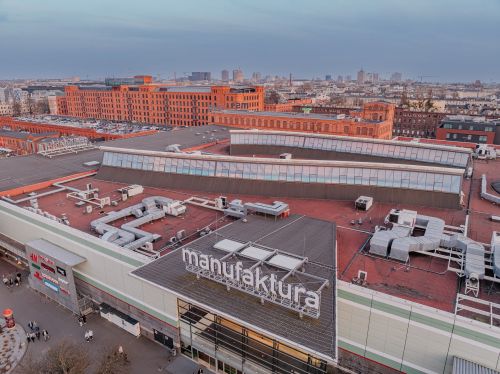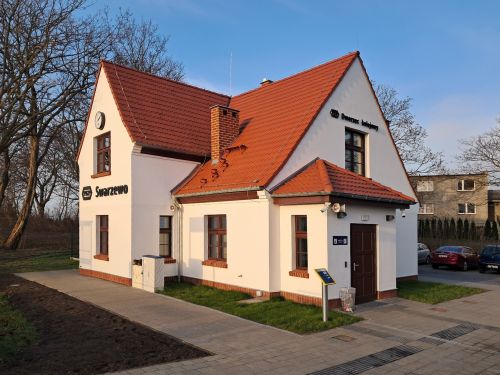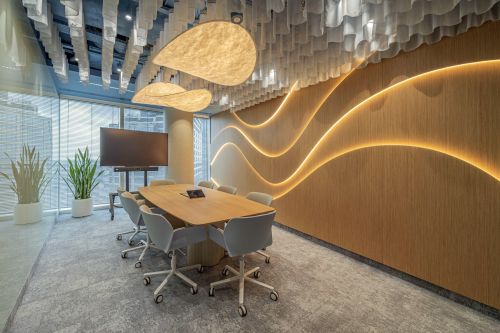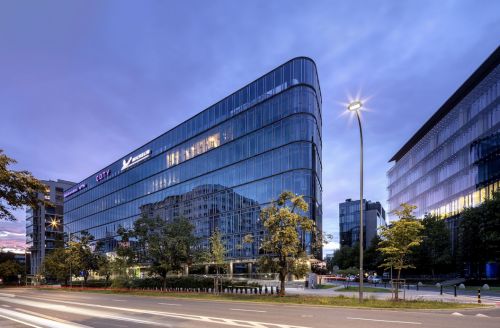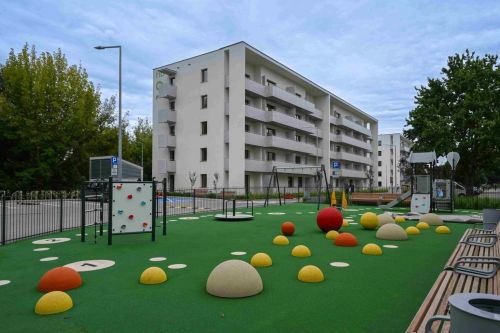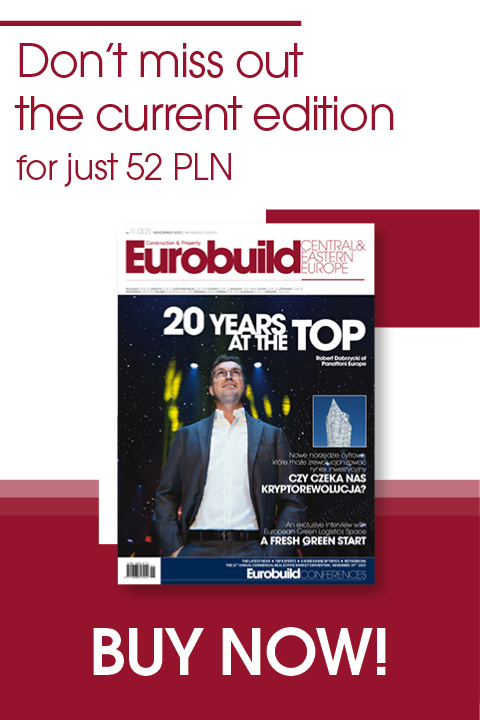In CBRE’s annual EMEA Investor Intentions Survey published earlier this year, the largest number of the European investors surveyed (33 pct) expressed a preference for industrial properties, thus “reaffirming its status as an institutional asset class” – in the words of the report. This sentiment is also being reflected in the data for investment volumes, according to Savills’ latest ‘Think Outside the Big Box’ report on the warehousing market: “No longer the poor relation to offices and retail, the logistics sector accounted for a record GBP 37 bln [EUR 41.6 bln] of capital deployed in commercial real estate in 2017 across Europe., representing a fifth of all investment (…) and setting a new record,” reads the report. But what lies behind this shift in investor sentiment and how significant is it for the CEE region?
In the opinion of Peter Kunz, the EMEA head of industrial and logistics at Colliers International, it is v






































